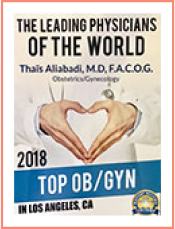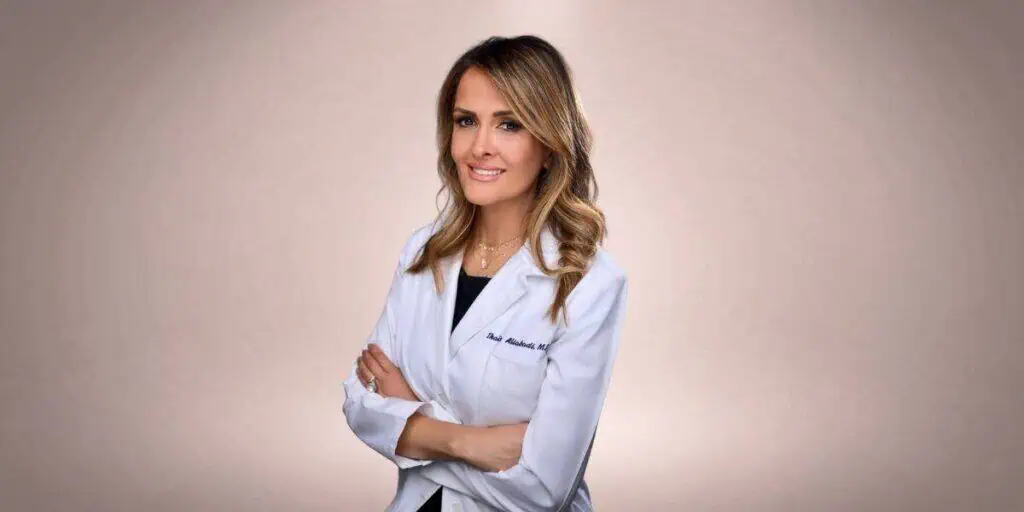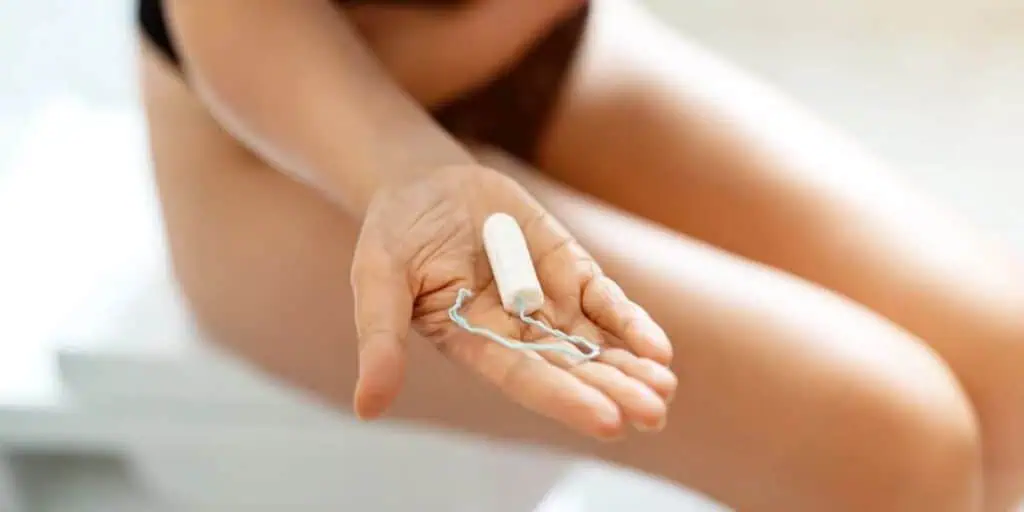In an interview on ABC’s “Good Morning America” and in her new memoir, “Becoming”, Michelle Obama discusses the difficulties she and the former president encountered in their efforts to start a family. After Michelle suffered a miscarriage a couple of decades ago, the future first couple used in vitro fertilization to achieve the births of daughters Malia (now 20) and Sasha (now 17).
The usually reserved Mrs. Obama provided these intimate details in an effort to dissolve the far too prevalent cloak of silence on these intimate subjects.
After she suffered her miscarriage, Mrs. Obama felt “lost and alone”
“I felt like I failed, because I didn’t know how common miscarriages were because we don’t talk about them,” Mrs. Obama says in the “Good Morning America” interview. “We sit in our own pain, thinking that somehow we’re broken. So that’s one of the reasons why I think it’s important to talk to young mothers about the fact that miscarriages happen, and the biological clock is real.”
She’s right. Miscarriages do happen. According to the American College of Obstetricians and Gynecologists, anywhere from 10% to 25% of all recognized pregnancies will end in miscarriage.
And the biological clock really is real. Women are born with about 2 million eggs, far more, of course, than they’ll ever need. But as women age, their egg inventory is steadily depleted. And the remaining eggs increasingly lose their viability.
Many women have difficulty getting pregnant or carrying a pregnancy to term
According to the Centers for Disease Control, over 6 million American women between the ages of 15 and 44 have difficulty getting pregnant or carrying a pregnancy to term.
When women like Michelle Obama, who’ve devoted their 20s and early 30s to the creation of a professional career, discover the family that they postponed isn’t so readily available, in vitro fertilization (IVF) often enters the picture.
How does in vitro fertilization work?
The IVF process is a complicated series of procedures designed to overcome infertility. In the United States, about 85,000 women annually undergo IVF. Here’s how it works:
- The mother-to-be takes medications to enhance fertility.
- Mature eggs are collected from her ovaries and fertilized in a laboratory.
- One or more of the fertilized eggs are placed in the uterus, in the hope that at least one will implant there.
- Then there’s about a 2 week wait, to see if any of the eggs have successfully embedded in the uterus.
During the collection/fertilization phases, excess fertilized eggs can be frozen for future use, in the event that none of the “fresh” eggs successfully implant in the uterus.
What’s the cost of in vitro fertilization?
An IVF cycle that utilizes “fresh” (i.e., unfrozen) eggs, can cost from $12,000 to $20,000. Subsequent cycles, using frozen eggs, are generally in the $5,000 range. Insurance coverage for the process is rare.
The success rate for IVF depends on a number of factors. Age of the prospective mother, her reproductive history, whether the infertility is related to the mother or father, and lifestyle factors all play a role.
In the United States, the live birth rates for a “fresh” IVF cycle are:
- For women under age 35, the live birth rate is 41% to 43%
- Women between 35 and 37, the rate is 33% to 36%
- If you’re between the ages of 38 and 40, the rate is 23% to 27%
- And if you’re over age 40, the rate is 13% to 18%
The live birth rates for IVF cycles using frozen eggs are slightly lower.
The World Health Organization has recently classified infertility as a disease, which might lead to future insurance coverage for infertility.
Laws proposed to require insurers to cover infertility have stalled in Congress, but the record number of women in the new Congress might lead to reconsideration of that legislation.
Michelle Obama’s candor is an encouraging effort to dispel the stifling habitual silence around infertility
“Our culture is very hush-hush about reproduction and infertility in particular, it reaches to the very heart of our self-image, who we are and how we see ourselves. Many women still have that feeling that they are barren if they can’t perform this basic thing. And for men, they feel that it reflects on their masculinity, their basic manhood” said Richard Paulson, past president of the American Society for Reproductive Medicine.
Ms. Obama agrees. In the Good Morning America” interview, she said, “I think it’s the worst thing that we do to each other as women, not share the truth about our bodies and how they work, and how they don’t work.”
About Dr. Thais Aliabadi
As one of the nation’s leading OB-GYNs, Dr. Thaïs Aliabadi offers the very best in gynecological and obstetric care. Together with her warm professional team, Dr. Aliabadi supports women through all phases of life. She fosters a special one-on-one relationship between patient and doctor. We invite you to establish care with Dr. Aliabadi. Please click here to make an appointment or call us at (844) 863-6700.
Read the full article at: www.washingtonpost.com















